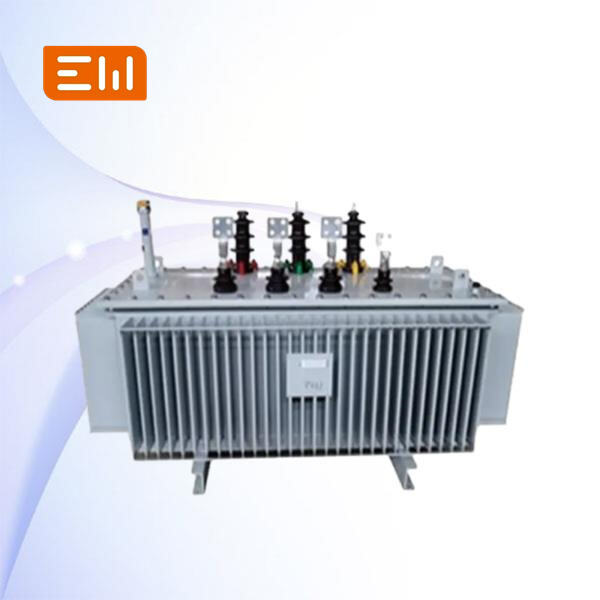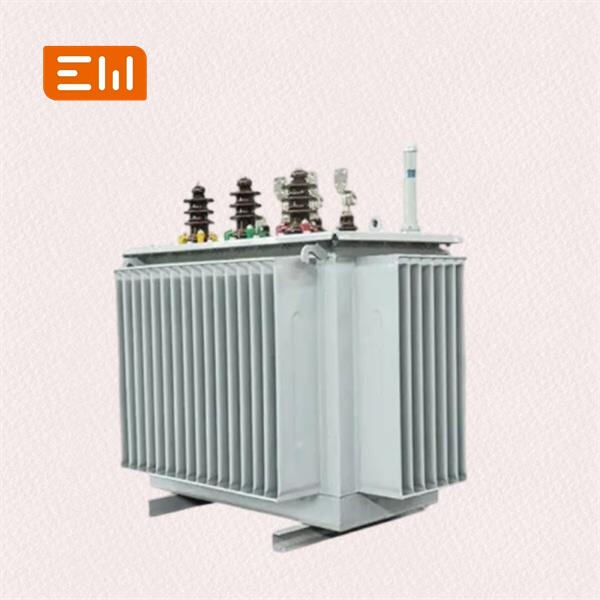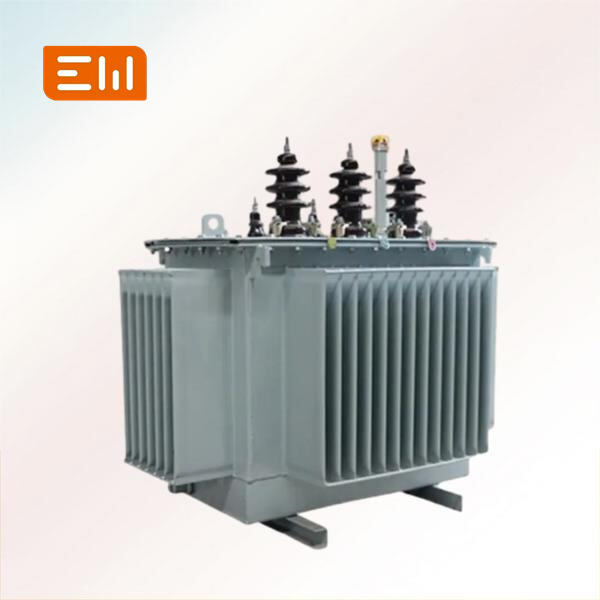Oil Transformers: Key Step In Energy Production They help to transmit power from places where power is generated to places where it is required. Did you know that oil transformers can be of multiple kinds? So today we will discuss about oil transformers and its types, benefits, important features and selection tips.
There are primarily two types of oil transformers which are oil-filled transformers and dry transformers. There are oil-filled transformers that has oil in them. This oil keeps them cool and operating smoothly. Dry transformers utilize air or solid materials in place of oil. Reliable and effective oil-filled transformers are commonly used to facilitate power sharing.
The major advantage of Oil-immersed Transformers is low maintenance. The oil serves to cool the transformer, preventing it from overheating. That means they’re less likely to snap, bringing down power lines. Oil-filled transformers are also adept at converting electrical energy from one voltage level to another, which is critical for distributing power.

However, there are some features specific to oil for transformers. Another key aspect, the oil itself, serves a dual role as a coolant and an insulator. Oil has gone pricey, oil needs to be held in a tank, and the tank must be strong enough to keep the oil safe. Other safety provisions, such as rupture disks in oil transformers, help protect against overheating or electrical issues.

The most common type of transformer is named after its coolant, in this case oil, although there are other sorts. Dry-type Transformers are commonly used indoors where oil could be hazardous. Oil-filled transformers are used outside, but they're better for outside use because the oil helps protect them from moisture and dust.

Consider the voltage as well as power requirements of your system when choosing an oil transformer. Check that the transformer you are getting is the correct size and type. It is also very important to deal with a company like EUNVIN to get a good and reliable product.